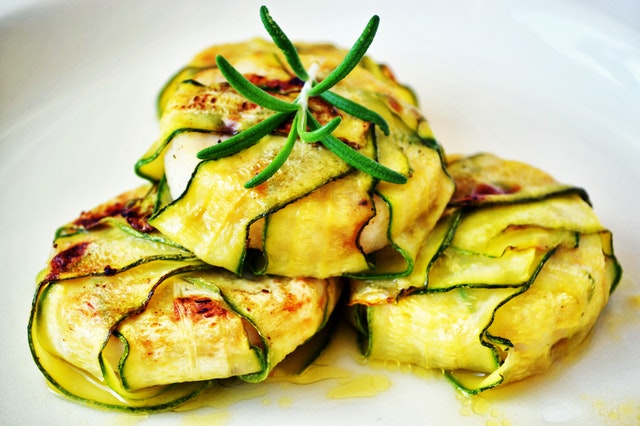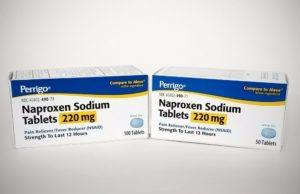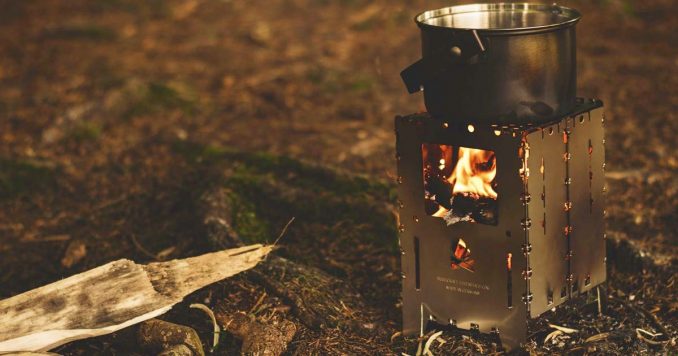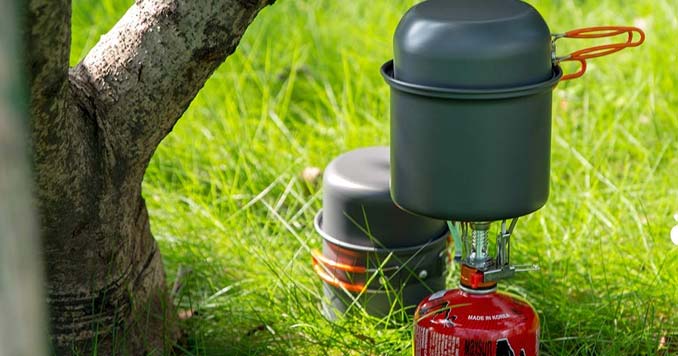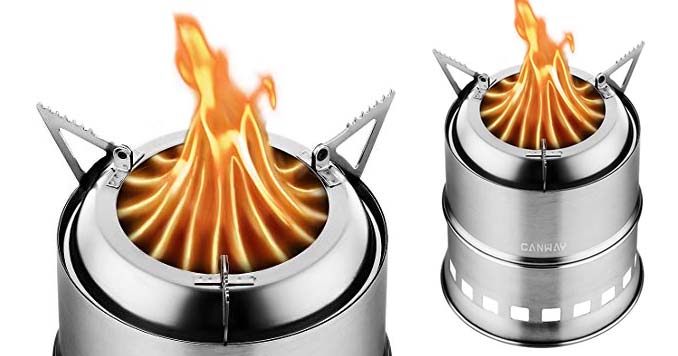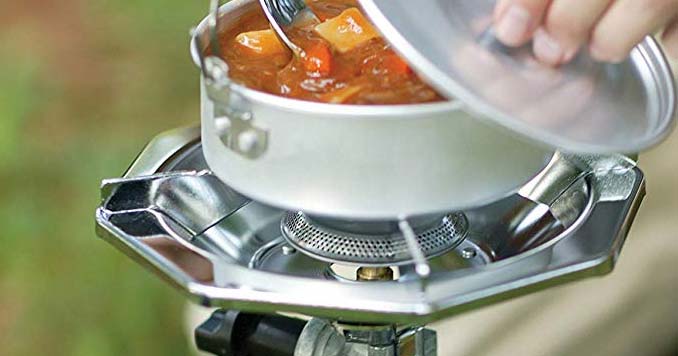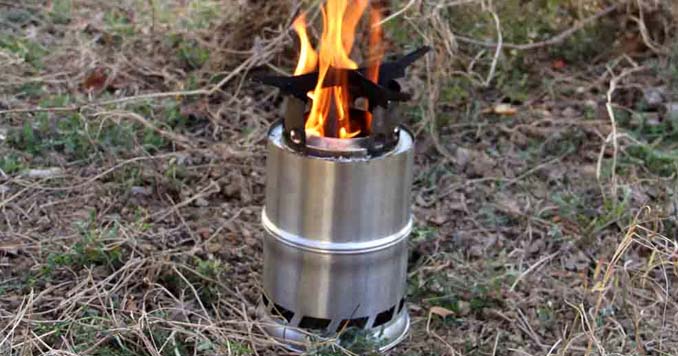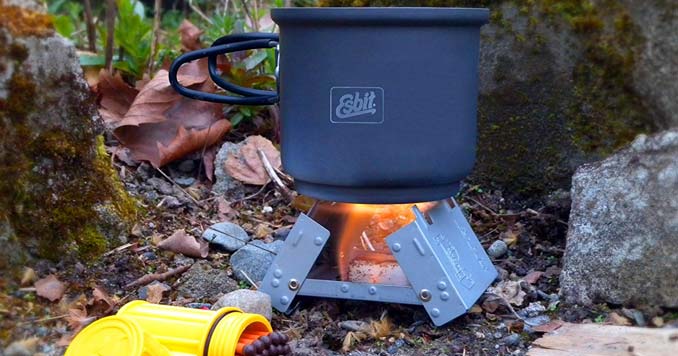Zucchini Recipes For Preppers
Why zucchini ? One good reason? It is the season.
This food is low in saturated fat and sodium, and very low in cholesterol. It is also a good source of protein, vitamin A, thiamin, niacin, phosphorus and copper, and a very good source of dietary fiber, vitamin C, vitamin K, riboflavin, vitamin B6, folate, magnesium, potassium and manganese.
The health benefits of zucchini include improved digestion, slows down aging, lowers blood sugar levels, supports healthy circulation and a healthy heart, improves eye health, boosts energy, benefits for weight loss, improves thyroid and adrenal functions, protects against oxidation and inflammation.
If you are a vegetable gardener, chances are you have experienced such an abundance of zucchini so great that even a ravenous family of squash lovers could never keep up with it. Right now, the garden is simply loaded with the prolific dark green veggies. And if not, you can pick up baskets full of them at a great price at your local market.
Some zucchini trivia
Biologically, zucchinis are closely related to cucumbers and watermelons. Zucchini is technically a fruit and not a vegetable.
They have been consumed in Central and South America, as well as Italy, for thousands of years, but only became popular in North America over the past 50 years, perhaps when gardeners realized what a bounty they could receive in a tiny amount of garden space. Zucchini is part of what is known by the Native Americans as the “Three Sisters” – three plants that grow well together – corn, summer squash, and beans.
Zucchini is packed with nutrients.
Here are some of the nutritional benefits of zucchini.
- A huge 1 cup serving of zucchini, including the skin, contains 20 calories, 1.5 grams of protein, 4.2 grams of carbohydrates, and 1.4 grams of fiber.
- Zucchini was proven in studies to be a top food source for antioxidants such as lutein, zeaxanthin, beta-cryptoxanthin, alpha-carotene, and beta carotene.
- Zucchini is extremely high in natural pectin, which provides protection against diabetes and can help regulate insulin and blood sugar levels.
- Zucchini contains Vitamins C, B6, B2, A, and K, as well as manganese, potassium, magnesium, folate, and phosphorus.
Growing zucchini is easy!
Zucchini is not just easy to grow – it can actually take over your garden if you’re not careful! Some people plant zucchini away from other parts of the garden for this reason. You should allow plenty of room for the vines to spread. If you are using the square foot gardening method, thin to one plant per square foot.
Here are some ways to use zucchini.
Zucchini is one of those multi-purpose harvests that can be used in a variety of ways. Whether you prefer it sweet or savory, there’s a place for zucchini in your kitchen.
If you end up with one of the baseball bat zucchinis hiding under the leaves in your garden, cut out the center and remove the seeds. Very large zucchini can become woody and flavorless. Try using over-large zucchini in recipes that call for shredded zucchini – this helps to mask the texture.
Try using shredded zucchini in place of recipes that call for shredded potatoes. You can also mix shredded zucchini half and half with shredded potatoes to make hash browns or potato patties.
Slice a zucchini in half and fill it with all manner of sweet or savory fillings to make baked zucchini boats.
Uncooked zucchini spears are great for dipping and make a tasty addition to a veggie tray. If the zucchini is a small, tender fruit, you can leave the peel on for an extra hit of fiber. For a bigger zucchini, it’s best to peel it for use raw, because the skin will be tough and unpleasant in texture.
With the garden in full zucchini overload, we’ve been scrambling to figure out ways to use it that are just a little different than the usual sauteed or grilled versions.
Here are our top, kid-tested zucchini recipes.
Zucchini Fritters
Ingredients:
- 2 cups of coarsely shredded zucchini
- 1 cup of shredded cheddar cheese
- 1 cup of whole wheat flour
- 2 tsp of garlic powder
- 2 tsp of onion powder
- 2 tsp of MSG-free seasoning salt
- fresh ground black pepper to taste
- 1/8 cup of cooking oil
Directions:
- In a large bowl, mix together flour and seasonings.
- Stir in zucchini and cheese, using your hands to combine well.
- Meanwhile, heat the cooking oil until it sizzles when a drop of water is added.
- Form the zucchini mixture into patties and place them in the hot oil, taking care not to splatter yourself.
- Fry on each side for about 3-4 minutes or until a dark golden brown.
- Drain the fritters on a paper towel.
- Serve with sour cream or yogurt garlic dip (see recipe below)
Baked variation:
- Form the zucchini fritters as instructed above.
- Preheat the oven to 400*F
- Lightly oil a cookie sheet.
- Place the fritters on the cookie sheet and brush them lightly with oil.
- Bake for approximately 10 minutes on each side or until dark golden brown.
Yogurt-Garlic Dip
Ingredients:
- 1 cup of plain yogurt, drained until thick
- 1 tsp of garlic powder
- 1 tbsp of dried rubbed dill weed
Directions:
- With a fork, mix the seasoning into the yogurt.
- Place in the refrigerator for at least one hour to allow the flavor to develop.
- Serve with fresh veggies or zucchini fritters.
Zucchini-Carrot Muffins
Ingredients:
- 1 1/2 cups of shredded zucchini
- 1/2 cup of shredded carrot
- 1/4 cup of milk
- 1 tbsp of white vinegar
- 1 1/2 cups of whole wheat flour
- 1/2 cup of white flour
- 1/2 teaspoon baking soda
- 1/2 teaspoon baking powder
- 1/2 teaspoon salt
- 2 tsp cinnamon
- 1/2 tsp of nutmeg
- dash of powdered clove
- 2/3 cup melted coconut oil
- 1/2 cup muscovado sugar
- 1 tsp of vanilla extract
- turbinado sugar to taste
Directions:
- Grease muffin tin with butter or additional coconut oil.
- Preheat oven to 375*F.
- In a small bowl, add the vinegar to the milk and allow it to sit for 5 minutes.
- In a large bowl, mix together oil, sugar, and vanilla, then stir in the milk mixture, the carrots, and the zucchini.
- In another bowl mix together flours, spices, salt, baking powder, and baking soda.
- Stir the dry ingredients into the wet ingredients until just combined – you will have a lumpy batter.
- Let the batter sit for 10 minutes to allow it to rise.
- Spoon the batter into the prepared muffin tin, sprinkle lightly with turbinado sugar, and then bake for 20 minutes or until a knife inserted in the middle comes out clean.
Zucchini Chips
Ingredients:
- 1 pound of zucchini, thinly sliced
- 1 tbsp of olive oil
- 1/4 cup of grated Parmesan cheese
- 1/4 cup of Panko bread crumbs
- salt and pepper to taste
Directions:
- Preheat the oven to 450* F.
- Line a baking sheet with tinfoil, then lightly spray it with oil.
- Place the zucchini on the baking sheet then lightly brush with olive oil.
- In a bowl, mix together Parmesan, bread crumbs, salt, and pepper.
- Sprinkle the mixture on top of the zucchini slices.
- Bake until the zucchini is browned and crisp, about 25 minutes.
- Serve immediately.
There are several ways to preserve zucchini.
You may have so much you need to save it for later. Here are 3 ways to put it back.
Dehydration
Zucchini can be dehydrated either in thin slices or shredded. Either way, prep your zucchini, then mix well with salt. Place the salted zucchini in a colander over a bowl and put it in the refrigerator for a minimum of two hours. (I usually leave it overnight). This will remove a great deal of the moisture. Put a thin layer of zucchini on the shelves of your dehydrator and dry overnight on low, or until the zucchini is completely dry. When you’re ready to use it, reconstitute it by covering it in boiling water for 15 minutes. Drain and use as you would fresh zucchini.
Freezing
Unlike most vegetables, there is no need to blanch zucchini before freezing it. Simply shred it, drain it (don’t add salt in case you want to use it in sweet dishes like zucchini bread or muffins) and then place it on a cookie sheet in a single layer. Put this in the freezer for two hours, then relocate the frozen shreds into large freezer bags.
Canning
Zucchini really doesn’t take to canning well. However, you can use it in place of cucumbers for your favorite pickle or relish recipes. The large zucchinis that are a little bit tougher actually work better for zucchini pickles because they hold their firmness better.
Ingredients:
- 3 pounds of zucchini
- 1/2 cup of onion, thinly sliced
- 6 cloves of garlic, smashed
- 6 tsp of pickling salt (or another non-iodized salt)
- 2 cups of apple cider vinegar
- 1 1/2 cups of white vinegar
- 2 cups of turbinado sugar
- 1 tsp of mustard seeds
- 1 tsp of black peppercorns
- 1/4 teaspoon ground turmeric
- 6 dried chili peppers or 2 tsp of crushed chilis
- 6 sprigs of fresh dill
Directions:
- Thinly slice your zucchini (about 1/4 inch or less in thickness).
- Salt the zucchini, add the onion slices and place it in a colander over a bowl in the refrigerator for 2 hours to remove the liquid.
- Meanwhile place into each sanitized jar: 1 tsp of salt, 1 red chili, 1 clove of garlic, and 1 sprig of dill.
- In a saucepan on the stove, combine sugar, vinegar, turmeric, mustard seeds, and peppercorns. Bring to a boil.
- Making sure the jars are still warm from being sanitized, fill them with drained zucchini and onion mixture, allowing 1 inch of headspace.
- Pour the boiling liquid over the contents of the jar. Wipe the rims and cap your jars with snap lids and rings.
- Process in a water bath canner for 15 minutes (pints), making adjustments for your altitude.
What do you think?
Do you grow zucchini in your yard? What do you like to make with zucchini? Please share your thoughts in the comments.
Special thanks to Daisy Luther for this wonderful article.
Why zucchini ? One good reason? It is the season. This food is low in saturated fat and sodium, and very low in cholesterol. It is also a good source of protein,

